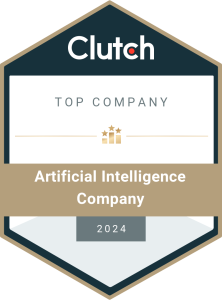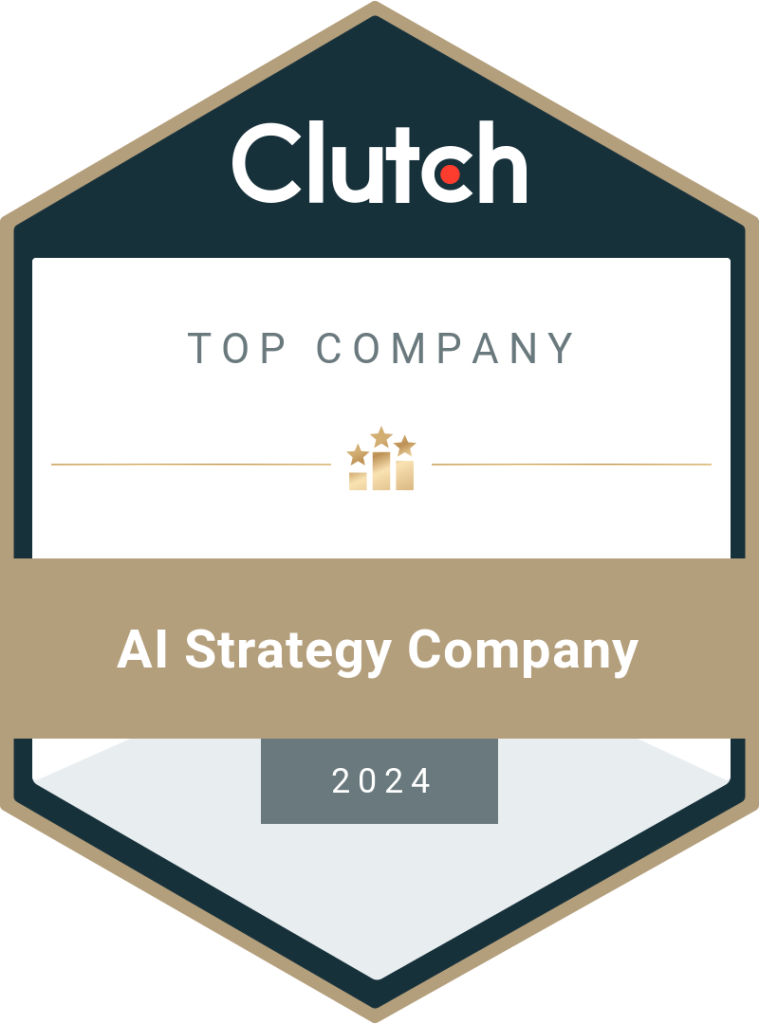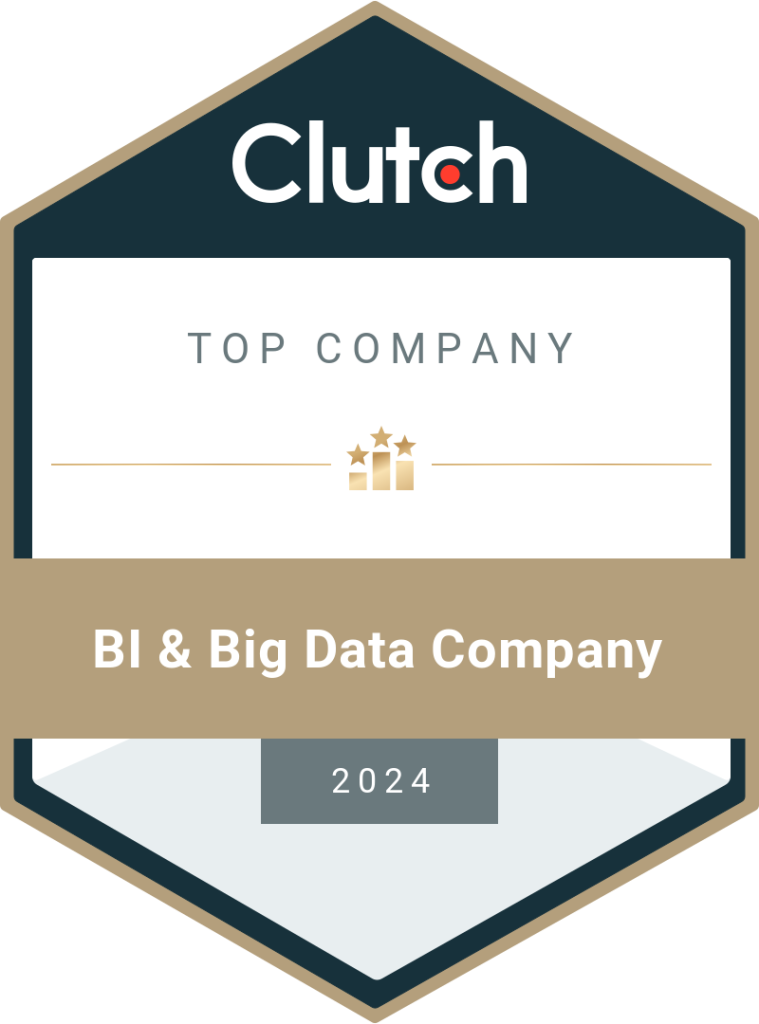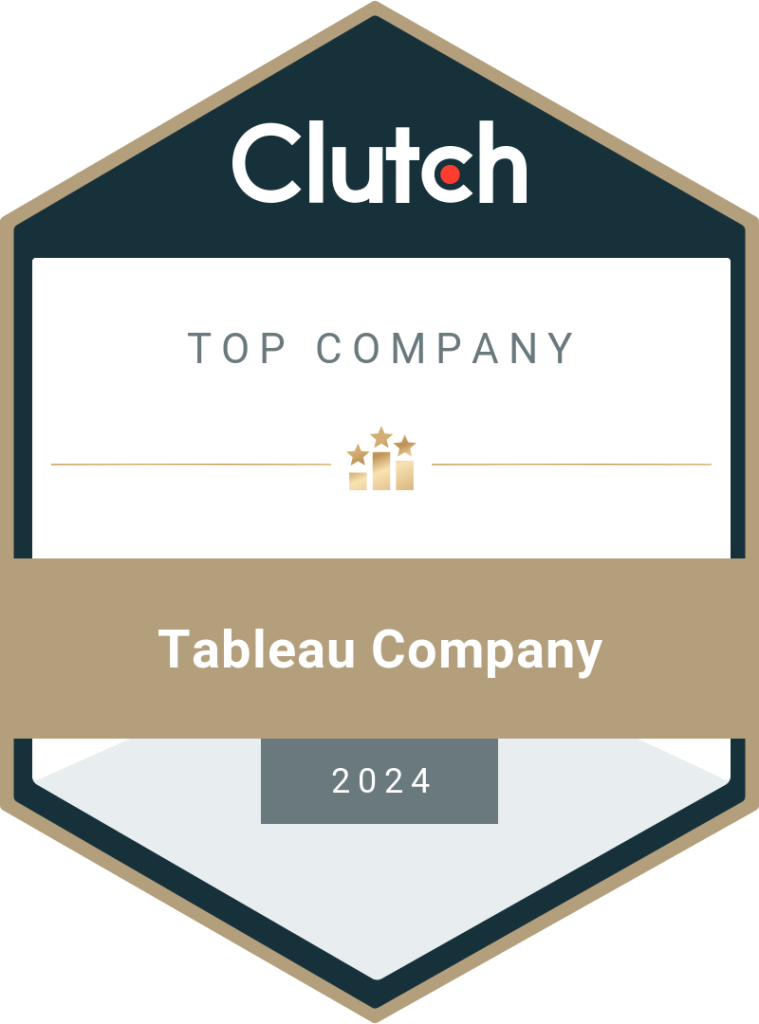9 Ways Amazon Uses Big Data To Stalk You! [Leaked]
Many shoppers may find it odd when a shop knows a lot about them purely through the products they buy. Amazon.com, Inc. (AMZN) is a pioneer in gathering, saving, sorting and reviewing your and every other customer’s personal information as a means of determining how consumers are spending their money. The company is using predictive analytics for targeted marketing to boost customer satisfaction and build loyalty to the company. While big data has also helped Amazon to evolve into a giant among online retail stores, what the company knows about you might feel like stalking. Below we are going to discuss how Amazon uses Big data and predictive analysis to improve user experience. 9 Ways Amazon Uses Big Data to Collect Your Data 1. Personalized Recommendation System Amazon is a leader in the use of an integrated, collaborative filtering engine (CFE). This analyzes which goods you have recently bought, which are in your online shopping cart or on your wish list, which things you have checked and valued and which items you are most searching for. Such knowledge is used to suggest additional products bought by other consumers as they order those same things. For example, anytime you attach a Movie to your online shopping cart, it’s also advised that you buy similar movies bought by other consumers. Amazon uses the power of recommendation to allow customers to order on-the-spot as a way to further fulfill your shopping experience and spend more money 2. Recommendation Through Kindle Highlights Following the acquisition of Goodreads in 2013, Amazon has integrated the social networking service of around 25 million users into some Kindle functions. Kindle users can, therefore, highlight terms and comments, and exchange them with others as a way to discuss the text. Amazon checks the terms displayed in your Kindle frequently to decide what you’re interested in learning. The organization may then give you more suggestions on the e-book. 3. One-Click Ordering Because big data shows you shop elsewhere, Amazon created One-Click ordering unless your products are delivered quickly. One-Click is a patented feature that is enabled automatically when you place your first order and enter a shipping address and method of payment. You have 30 minutes by selecting one-click shopping in which you can change your mind about the transaction. After that, the product will be paid automatically through your payment method and delivered to your address. 4. Anticipatory Shipping Model Amazon’s proprietary anticipatory delivery model uses big data to predict the goods you’re likely to buy, when you can buy them, and where the items might be required. The goods are sent to a local distribution center or distributor so once you order them, they will be available for shipment. Amazon employs predictive analytics to boost retail sales and profit profits, thus rising delivery times and overall costs. 5. Supply Chain Optimization Since Amazon needs to easily deliver its purchases, the organization works with the suppliers and records their inventories. Amazon uses large data systems to pick the warehouse nearest to the retailer and/or to the shipping costs by 10 to 40%. In fact, graph theory helps to decide the best delivery schedule, path, and groupings of goods to further reduce shipping costs. How does Amazon use data analytics for supply chain optimization? Amazon offers two fulfillment options to sellers. One is FBA (Fulfillment by Amazon), where the responsibility lies with Amazon to deliver the order to the customer. The supply chain logistics are handled by Amazon. The second is FBM (Fulfillment by Merchant), where the merchant is responsible for shipping the products to customers. The shipping address and whether the customer writes reviews are analyzed to speed up the delivery process by urging the sellers to reduce the shipping time. This ensures that customers don’t feel irritated by the slow processing of their orders. 6. Price Optimization Big data is also used to monitor the costs of Amazon to attract more customers and increase profits by an average of 25 percent per year. Prices are set according to the website operation, pricing of rivals, quality of merchandise, expectations of customers, the background of sales, anticipated profit margin and other considerations. When big data is modified and evaluated, the product prices typically change every 10 minutes. As a consequence, Amazon usually gives best-selling product prices and receives larger profits on less popular items. Of example, the cost of a novel on the New York Times Best Sellers list maybe 25% lower than the retail price, whereas a novel not included in the chart costs 10% more than the same book sold by a company. 7. Alexa Voice Recordings Another answer to the question ‘how does Amazon use big data’ is in Alexa’s voice recordings. So what happens here? When you have an Echo or Echo Dot at home, it works as eyes and ears for Amazon. The tiny device sits in your house and takes voice orders with ease. It gives information from the internet, orders items on your behalf, and acts as a virtual assistant. But where do the voice recordings go? They are stored in the Amazon servers. This data is used to provide better and accurate results to users. Amazon uses your voice recordings to make Alexa’s speech recognition suit the diverse range of users and understand different tones and dialects. 8. Amazon Web Services Using Amazon Web Services (AWS), the cloud computing company launched by Amazon in 2006, organizations may build flexible big data systems and protect them without the use of equipment or infrastructure maintenance. Big data applications like data warehousing, clickstream analytics, fraud detection, recommendation engines, Internet-of-Things (IoT) processing and event-driven ETL processing are usually via cloud computing. Companies can take advantage of Amazon Web Services by using them to evaluate profiles of consumers, spending habits and other relevant information to more efficiently cross-sell client goods in ways similar to Amazon. Some companies can also use Amazon to harass you, in other words. 9. Safe with Virtual Cash With our FREE Market Simulator,
Read More






